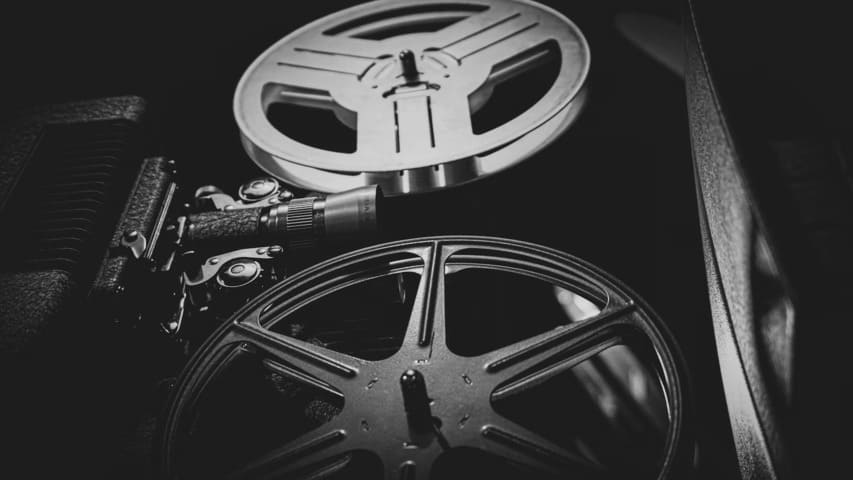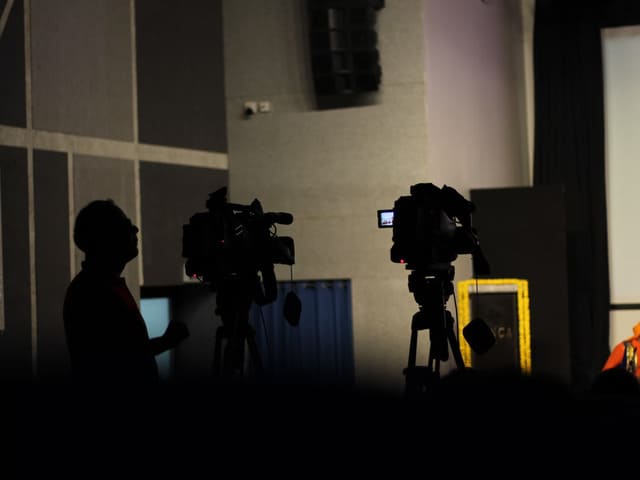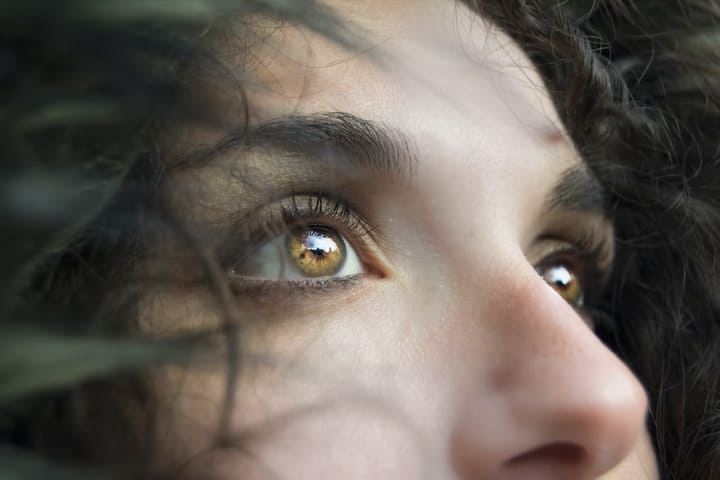Continuity Editing Explained – How Movies Avoid Embarrassing Continuity Errors

Continuity editing is one of the most commonly-used techniques in all of film production and video editing. It is one of the many aspects of film that is so common that we don’t even notice it as an audience. We’re not supposed to notice it, either.
So, what is continuity editing?
Continuity editing in film is the art of cutting and splicing together footage, often from multiple takes, and different cameras and angles, all to create one smooth end result that runs in narrative order.
This is by far the most common form of editing when it comes to film, but not the only type. For instance, some films use montage sequences, in which the chronological order of events is not that important. This is usually only for a small section of the film, though, and the rest of the film still relies on continuity.
It helps to think of a simple continuity editing example.
Let’s say, for instance, that a scene in a movie requires a conversation between two actors sitting at either side of the table. There is a crew of three different cameras, and the scene requires three different takes to get right.
Depending on somebody’s editing style and the continuity editing techniques they put into practice, they may use all of the different angles and all of the different takes. We know this when we watch a movie. It is very rare for the crew, director, and other production staff to decide that they are going to shoot using one camera with one take. The end-result is usually unprofessional.
So this means that when it is time to edit, the editor might have many different choices in terms of footage to use.
Continuity editing is basically taking all of this footage, and stitching it together into one coherent message, the scene we end up watching. That conversation could have been filmed 10 times with lots of different angles, but the key is that what we see in the end flows and feels like it is happening in real time.
You may already be imagining some of the challenges that this presents to the editor. They have the job of not only putting it back together but ensuring that everything flows and makes sense. Even though the movie may be using lots of different types of shot, moving cameras, and moving actors, when we watch it, it needs to be believable and suspend reality in a convincing way.
We will dive more into classical continuity editing below and some more of the ways in which the editors can achieve a seamless feel to the film or television show they are editing. But for now, let’s take a look at why continuity editing matters so much, partially with the issue of a continuity error.
Continuity Errors – A Huge Issue in Movies

What happens when an editor gets it wrong?
Let’s go back to the scene with our two characters having a conversation again. They are sitting at a table, so there isn’t much action to contend with or worry about.
However, let’s imagine one of them has a glass of water while they are shooting, and in the script they are to continue to take sips of this water as the scene advances.
Now let’s imagine that the continuity editor comes to the time when they are editing the film and wants to use footage from two different takes of the conversation, but the start of the conversation should come from one of the later takes. This means there is less water in the glass at the start of what the viewer is watching.
When the viewer watches the scene, it will at a certain point cut to a scene where the glass appears to have magically refilled with water. These sorts of things can totally ruin the illusion.
Continuity errors can get much more complex as more elements are introduced into the scenes, such as different extras being in the background, things in the peripheral vision of the scene changing, or even things like the way someone is wearing their clothing continuing to change as the scene goes on.
Unless these things are considered while the film is being shot, it can limit the choices the editor has when they are stitching together the final film. This is why continuity should be considered as early as pre-production.
Continuity errors definitely slip through the net sometimes, and you may spot them when you next watch a film. While they are often tiny details they can be enough to change the perception of the film and make it feel less “real”.
Continuity Editing Techniques and Methods

We’ve already got to grips with the continuity editing definition, and the fact that it should give the viewer a realistic feel when they are watching, and something that they feel they can latch onto. The shots and angles shouldn’t just keep suddenly changing, and a good production team (such as our amazing Insight Studios team) will plan for this while they are shooting.
The 180-Degree Technique
This is something that is taught within film schools and that most filmmakers abide by when they are making a movie.
This is a continuity method that is designed to help the viewers to orient themselves and feel like they are within a space. Imagine a 180-degree axis between the characters and then work out who should be to the left and who should be to the right. This gives a spatial link between characters, and dictates many different aspects of filmmaking and even where the character is looking during dialog or other close-ups.
In effect, the audience is being treated similarly to one in a theater, where we see the action in front of us and already know the spatial relationship between characters.]
Match on Action
A match on action cut is all about keeping a solid rhythm and flow between the different shots in the film. The simplest way to describe it as matching what is actually happening in one shot to the next. For instance, if in one shot we see the character opening their car door from the inside, it makes sense that the next shot is them stepping out of their car. This is a “match on action” cut. It uses the assumptions that the user will already have about the way that the film will play out.
Eyeline Match

Where characters’ eyelines are following is so crucially important in any scene involving multiple characters. Though in reality, they may not be looking at anyone at all during the shot, they may have to look to camera left or camera right. This means that when the video is edited together it looks like one character is looking at the other throughout.
Imagine seeing our scene of two people sitting on either end of the table, but in the close-up shots, they were both looking to camera left. This would not feel like they were actually looking at one another.
This is something you don’t always notice is happening when you watch a film, but it is crucially important.
When is Continuity Editing Used?
We’ve used the examples of film and television a lot here, but there are so many different examples of when continuity editing might be used. Let’s dive into some of the other examples where editing for continuity might be seen. Everything from feature films through to corporate films might need continuity editing…
- Commercials and advertisements. This all depends on whether or not it is telling a story. If there is a narrative then continuity editing is required. If the commercial is just a collection of different shots of a product with a voiceover then this may not be required.
- Film and television. A lot of directors in this creative field are able to break the rules somewhat, but if a film does not have any continuity editing then there is a strong chance that the audience are not going to engage with it.
- Music videos. Again, a music video can tell a story in chronological order, and to do this effectively it needs some form of continuity editing. All the shots should be a part of the same story.
- Explainer videos. For instance, if there is a how-to video that shows how an item is made in a factory, it would be important to ensure the continuity editing is perfect so that the video makes sense at all times.
- And more…there are documentaries, and many other video projects that require continuity editing to look and feel as professional as possible.
Summary – The Importance of Continuity Editing
Without good continuity editors, we’d be really lost in the world of video. They allow many different shots and angles to combine into one seamless scene, all while keeping the perfect flow of the story.
The next time you watch just about anything, you will probably start to notice the continuity editing, and maybe even some errors.
At Insight Studios, our professional team starts thinking about the continuity of the project from day one, ensuring that we bring your dreams to life in the most professional and engaging way possible. Reach out to us today to start your journey.